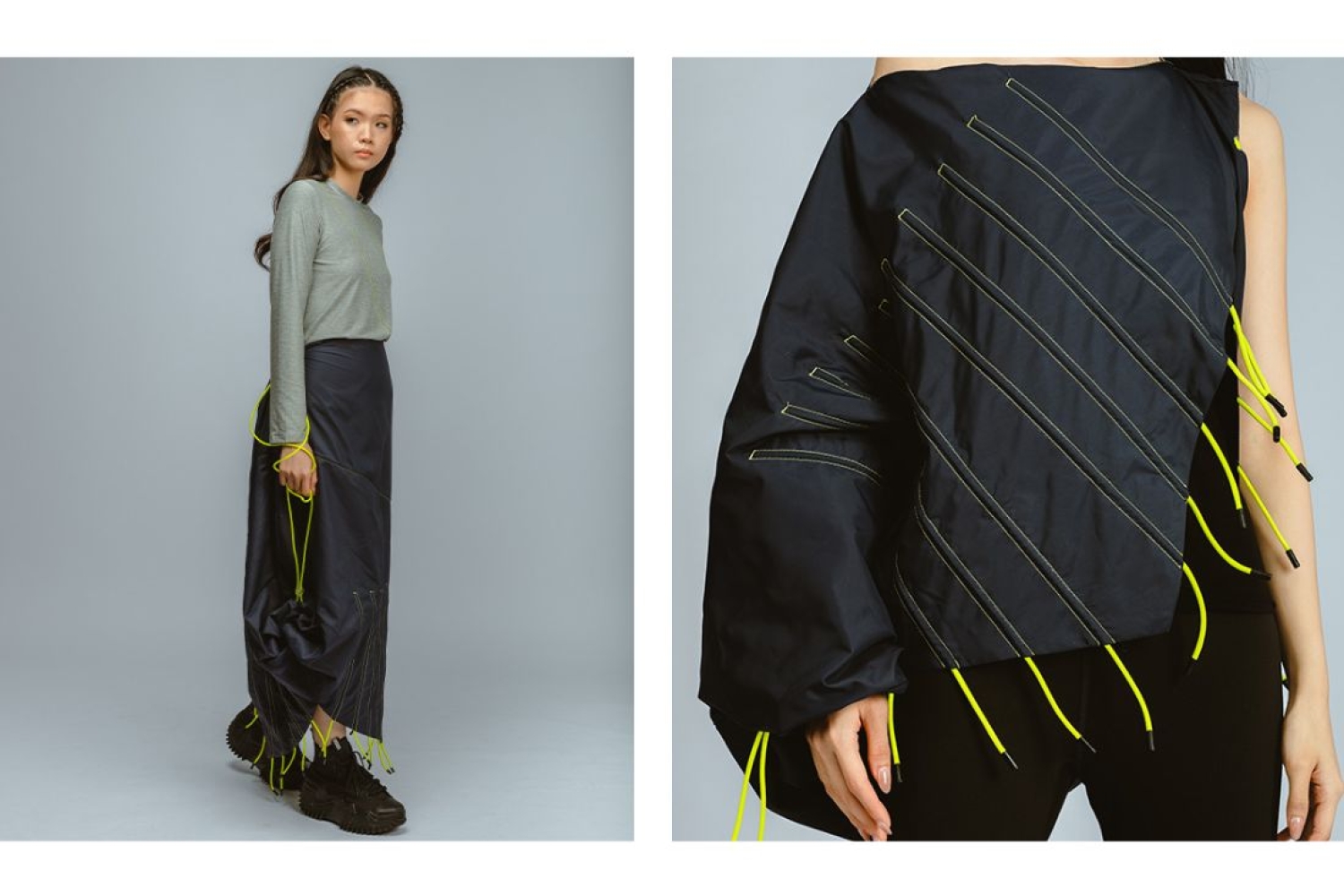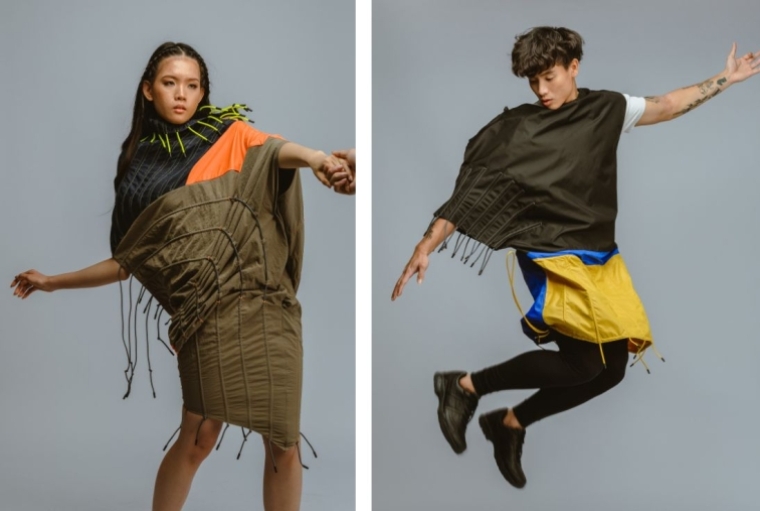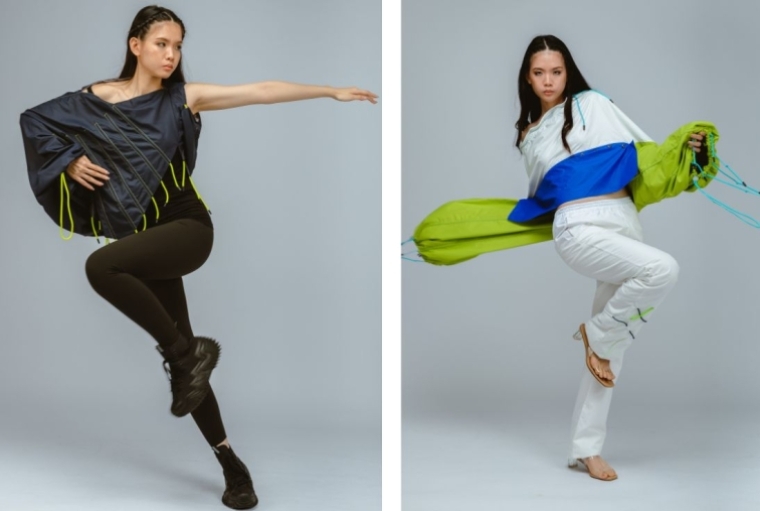

Founded by Simrita Dass, ONE.O is a pioneering label that explores the boundaries of garment design through the concept of modularity. With a commitment to versatility, each piece is thoughtfully crafted to adapt to the wearer, allowing for personal interpretation and limitless styling possibilities. They also participated in this year’s Helsinki Fashion Week.
ONE.O believes that clothing should not only be beautiful but also functional and inclusive. Their collections challenge conventional notions of size and fit, offering garments that embrace a diverse range of body types. By merging creative pattern cutting with a unique design philosophy, ONE.O empowers individuals to express themselves in their own unique ways.

MODULARITY
ONE.O is inspired by the idea of ways of wearing and seeing, realized through an integration of design thinking and creative cutting. The label began by exploring how onegarment can be seen and worn in multiple ways, differing from conventional garments that often have specific definitions in design and dressing. It addresses the question: ‘Why do wearers feel the need to fit into a garment of a specific size? Why can’t garments fit and adapt to the wearer, just like a sari could?’
The conceptual collection comprises universal garments that incorporate the concept of modularity while being free-size. Modularity not only provides multiple ways of dressing but also allows for dressing various body types through one garment. These garments can be categorized as transformable, as they don’t require attaching, detaching parts to function or look a certain way.
The focus is on creating something distinct from conventional garments that typically look a certain way or have a defined method of being worn, such as shirts, t-shirts, or trousers. The garments are designed abstractly, not meant to resemble or identify with any specific style. As the wearer interacts with the garment and adjusts it to fit their body, it begins to take on a shape that reflects their individual interaction and body type. This entire process enables the wearer to interpret the garment without it being pre-defined by the designer.

INSPIRATION BEHIND THE NAME
The name ONE.O came to me very naturally. One was every- thing — One garment and shape, which can be viewed, perceived and worn in multiple ways. Most important, the fact that one size can fit everyone. So in a way, everything revolved around this digit. ONE.O as a whole came in as a way of marking it as you would mark a project with the number of attempts. Additionally, the outcome of the creation is dressing all in ONE, in multiple ways.
CHALLENGES ON THE WAY
The greatest challenge is to question your original under- standing of how a garment should look and fit. To break and set free the creative mindset required to explore and create something abstract and undefined which can still cover the needs. Another one I think is to research and explore ways in which a modular, free-size garment can be created and still provide a contemporary look and feel to provide a transition for the wearer to accept it. To gain all these factors and bring them in harmony with each other requires a lot of patience, along with trial and error. To overcome them, I feel if you are involved in the process you kind of flow with it and try to figure out outcomes. This way the challenges don’t feel like challenges but rather steps to reach the solution. Another important factor that helps overcome them is enjoying the process of creating and developing, focussing on providing an experience to the wearer.

FIGHTING OVERCONSUMPTION
Overconsumption has become a major issue we face. At its current speed of functioning, the fashion cycle has created a disposable mentality among consumers, with the buying and discarding of styles taking place at an exorbitant rate. These practices decrease the value of garments not only monetarily but also emotionally, making them easier todiscard.
ONE.O’s transformable collection tries to tackle and slow down these consumption practices by introducing sustainable thinking in the minds of consumers as well as designers because our designs can be wore in multiple unique ways. Sustainability comes from extending the lifecycle of the garment.
Words Paridhi Badgotri
Date 28.10.2024